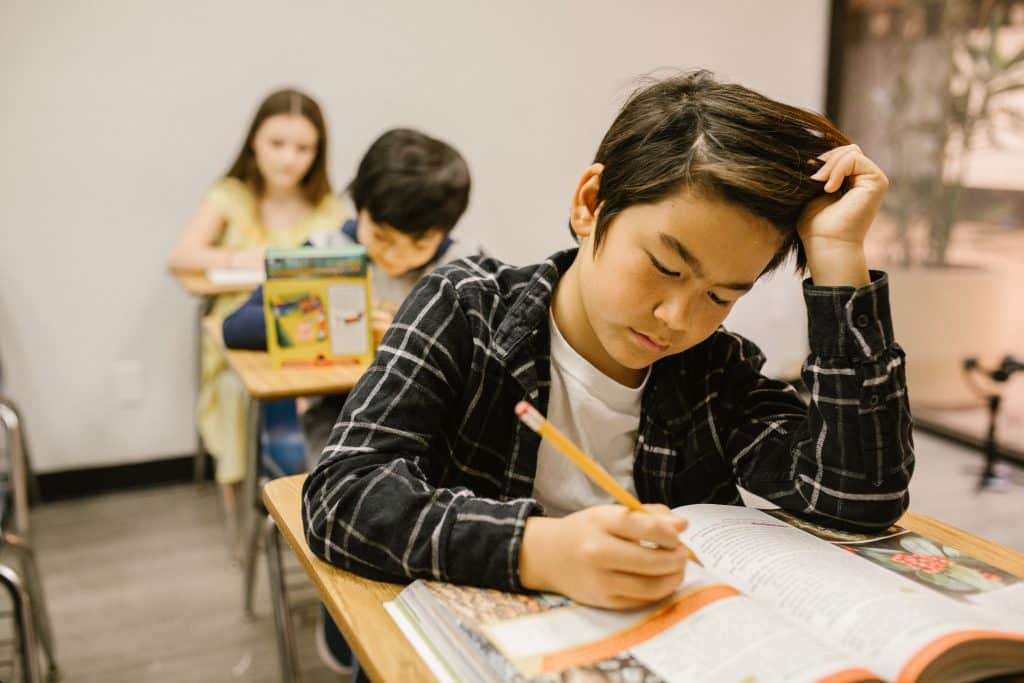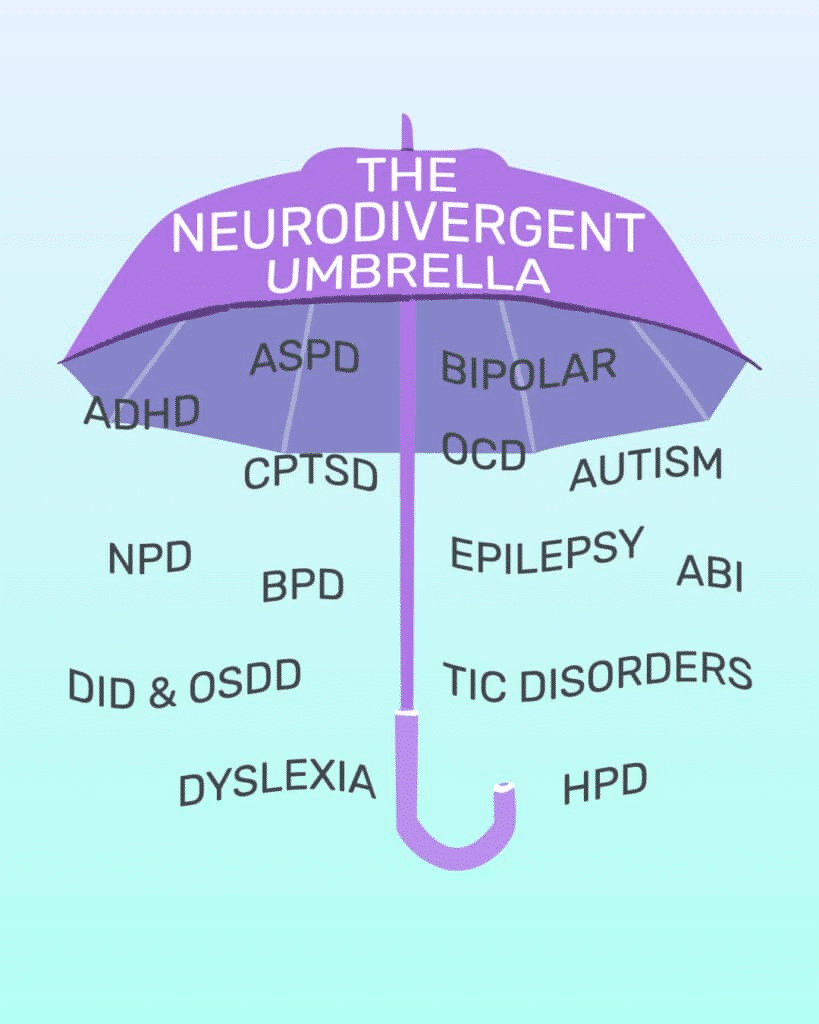As a parent, you’re always seeking ways to improve life for your neurodivergent child. One crucial aspect of this journey is understanding the various conditions that may have a learning disability as a symptom. In this blog post, we’ll explore five common conditions, their symptoms, and how they might impact your child’s learning experience. By gaining this knowledge, you’ll be better equipped to support your child and help them thrive. So, let’s get started!
Table of Contents
1. Dyslexia
Dyslexia is a widespread learning disability that affects a person’s ability to read, write, and spell. It’s not related to intelligence but rather to how the brain processes language. Dyslexia can make it challenging for kids to recognize words, read at a typical speed, and understand written instructions. However, with the right support, children with dyslexia can succeed in school and beyond. Looking for more information, check out our dyslexia test for kids.
Here are some strategies to help a child with dyslexia:
- Provide specialized instruction in reading and writing
- Offer accommodations, such as extra time on tests or access to assistive technology
- Encourage the use of tools like Goally, which can help with organization and task management
2. Attention Deficit Hyperactivity Disorder (ADHD)
ADHD is a neurodevelopmental disorder that affects a person’s ability to focus, control impulses, and manage their energy levels. It can manifest in three different ways: predominantly inattentive, predominantly hyperactive-impulsive, or a combination of both. Kids with ADHD might struggle with paying attention, staying organized, and controlling their impulses.

Supporting a child with ADHD often involves a combination of strategies, such as:
- Behavioral therapy to help develop coping skills
- Medication, if recommended by a healthcare professional
- Classroom accommodations, like preferential seating or frequent breaks
- Using tools like Goally to help with task management and organization
3. Autism Spectrum Disorder (ASD)
ASD is a complex neurodevelopmental disorder that affects a person’s social communication and behavior. It’s a spectrum disorder, meaning that the symptoms and severity can vary widely from person to person. Kids with ASD might have difficulty with social interactions, repetitive behaviors or interests, sensory sensitivities, and communication challenges.

To support a child with ASD, consider implementing the following approaches:
- Specialized education tailored to their unique needs
- Therapies, such as speech therapy or occupational therapy
- Classroom accommodations to address sensory sensitivities
- Using tools like Goally to help with routine and task management
4. Dyscalculia
Dyscalculia is a learning disability that affects a person’s ability to understand and work with numbers. Sometimes referred to as “math dyslexia,” dyscalculia can make it difficult for kids to grasp basic math concepts, perform mental math, and measure or estimate quantities. Check out our dyscalculia test for kids to see if this sounds like your child. However, with the right support, children with dyscalculia can overcome these challenges and succeed in math.
Here are some strategies to help a child with dyscalculia:
- Provide specialized instruction in math
- Offer accommodations, such as extra time on tests or access to assistive technology
- Encourage the use of tools like Goally, which can help with organization and task management
5. Nonverbal Learning Disorder (NVLD)
Do you know about NVLD? It’s a condition that may lead to a learning disability, affecting a child’s ability to interpret nonverbal cues. Children with NVLD might struggle with social cues, coordination, or tasks that require spatial awareness. Recognizing these disability symptoms early is critical.
What’s the solution? It combines tailored strategies: social skills training, occupational therapy, classroom accommodations, and tools like Goally for routine and task management. These approaches address the symptoms and offer practical ways to enhance your child’s everyday experiences. As a parent, it’s essential to understand and not just cope. You already have the necessary tools.
Goally | Apps To Support Child Development
Looking for fun ways to help your child learn life skills? Try Goally! The Goally tablet comes with award-winning learning apps and video classes to help kids develop the skills they need to become independent with FUN & evidence-based practices.

Our apps teach executive function, language, emotional regulation, finger dexterity skills, and more.
As your child develops new skills, you can increase the difficulty level of the tasks in the app to challenge and motivate them even further. This helps your child grow and progress at their own pace, while also keeping them engaged and excited about their development.

Wrapping Up
Recognizing the signs of conditions that may have a learning disability as a symptom is the first step in helping your child succeed. By understanding these conditions and their unique challenges, you can advocate for the necessary support and accommodations to help your neurodivergent child thrive. Remember, every kid is different, and what works for one may not work for another. Stay patient, stay informed, and, most importantly, stay supportive. With the right tools, like Goally, and a strong support system, your child can overcome any obstacle.
FAQs About Conditions That Many Have Learning Disability as a Symptom
What is NVLD, and how does it relate to learning disabilities? NVLD, or Non-Verbal Learning Disability, affects a child's ability to understand nonverbal cues like facial expressions. It is one of the conditions that may have a learning disability as a symptom, impacting social interaction and spatial tasks.
How can parents support a child with NVLD? Parents can support a child with NVLD through social skills training, occupational therapy, classroom accommodations, and using tools like Goally for routine management.
What are common disability symptoms associated with learning difficulties? Disability symptoms might include difficulty with reading, writing, understanding nonverbal cues, maintaining coordination or balance, and struggling with abstract thinking or visual-spatial tasks.
How can tools like Goally help a child with a learning disability? Tools like Goally assist in routine and task management, helping children with learning disabilities navigate their daily lives more effectively and fostering independence and confidence.
What are some effective learning tools for children with learning disabilities? Effective tools for children with learning disabilities include visual schedules, emotional regulation apps, rewards systems, and assistive technology like Goally that supports routine and task management.
This post was originally published on 05/25/2023. It was updated on 08/05/2023.

Goally
We help parents teach their kids life skills, like doing bedtime and morning independently. Backed by science, we incorporate evidence-based practices and expert-informed designs in all of our apps and content.






